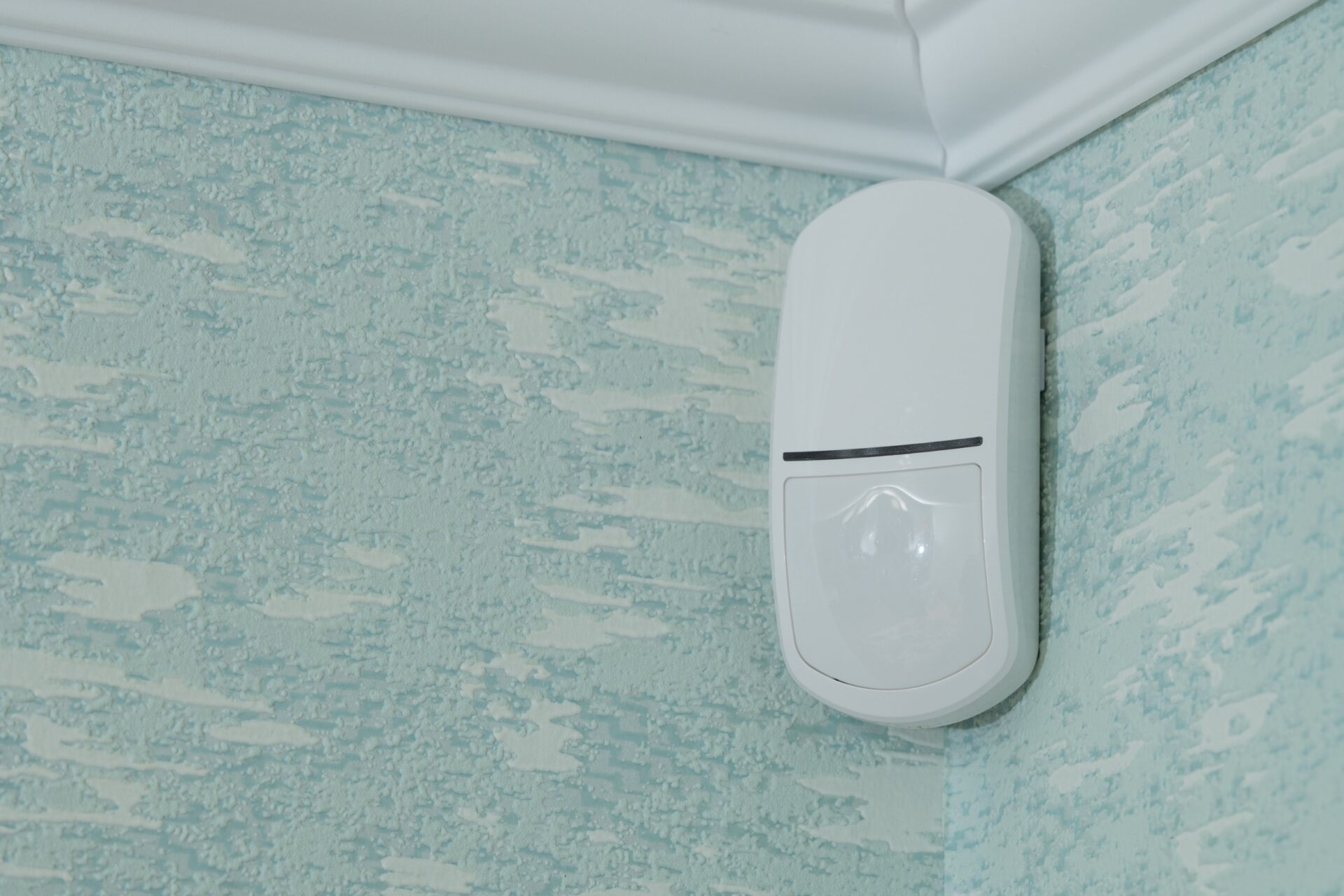
Today, organizations are increasingly turning to smart technologies to streamline operations, enhance productivity, and promote sustainability. One such innovation making waves is the integration of cloud-managed environmental sensors into workplaces, creating smarter, more sustainable spaces. This transformation not only mitigates the risks of unplanned downtime but also fosters healthier, more productive environments for your employees and guests.
What Are Environmental Sensors?
Environmental sensors are devices designed to monitor and measure various physical parameters and conditions in the surrounding environment. These sensors are equipped with the capability to detect and collect data on factors such as temperature, humidity, air quality, light levels, and noise. The primary purpose of environmental sensors is to provide real-time information about the conditions in a specific location, allowing for better understanding, analysis, and management of the environment.
Different Types of Environmental Sensors
Let’s look a little more closely at each type of sensor and what they do:
Temperature Sensors:
- Measure ambient temperature.
- Critical for maintaining optimal conditions in spaces like offices, server rooms, and manufacturing facilities.
Humidity Sensors:
- Monitor the level of humidity in the air.
- Important for controlling moisture in environments where precise humidity levels are crucial, such as laboratories or storage facilities.
Air Quality Sensors:
- Detect and measure the concentration of pollutants, including carbon dioxide (CO2), particulate matter, volatile organic compounds (VOCs), and other gases.
- Commonly used in indoor spaces to ensure healthy air quality in workplaces, schools, and homes.
Light Sensors:
- Measure the intensity of light in an area.
- Used for optimizing lighting conditions, energy efficiency, and security, especially in smart buildings.
Noise Sensors:
- Capture and analyze the sound levels in an environment.
- Applied in urban planning, industrial settings, and offices to monitor noise pollution and maintain acceptable noise levels.
Water and Leak Sensors:
- Detect the presence of water or leaks in a designated area.
- Essential for preventing water damage in buildings, data centers, and other sensitive locations.
Motion Sensors:
- Detect movement or changes in position.
- Commonly used for security purposes, automated lighting, and energy conservation in smart homes and buildings.
Benefits of Using Cloud-Managed Environmental Sensors

The key to a sustainable workplace lies in seamless integration, automation, and continuous innovation. Meraki IoT sensors can provide your organization with the tools to achieve just that. The cloud-first platform ensures faster deployments and safer environments. Its benefits include the following:
Less Downtime Caused by Environmental Conditions
One of the primary challenges faced by organizations is the unpredictability of environmental conditions. Severe temperature fluctuations and unexpected leaks can lead to costly downtime and damage.
By seamlessly integrating with building management systems, environmental sensors empower you to digitally transform your company’s infrastructure, ensuring a robust and resilient network. With cloud-managed environmental sensors, you can get real-time alerts that will help prevent unplanned disruptions. By staying ahead of potential issues, you can implement preventive measures, reducing the risk of damage and improving business continuity.
Healthy Air
No doubt, you understand how important it is to ensure the well-being of your employees. Poor air quality can negatively affect their health and productivity. Comprehensive indoor air quality monitoring solutions offered by cloud-managed sensors play a pivotal role in creating productive environments.
By monitoring the levels of carbon dioxide (CO2), temperature, noise levels, total volatile organic compounds (TVOC), and humidity, you can proactively address air quality concerns. This not only enhances the focus of your employees but also contributes to the overall health and well-being of everyone within your company.
Seamless Scaling
Meraki IoT sensors allow for scale visibility across all your locations. The cloud-first platform allows for instant access to data, facilitating quicker decision-making processes. The seamless setup and integration provide a holistic view of physical spaces, promoting safety and security at all times.
Sustainability
Energy efficiency is paramount. Environmental sensors play a crucial role in identifying areas of energy waste within a facility.
Beyond the immediate benefits, the adoption of cloud-managed environmental sensors has a positive impact on the environment and the bottom line. By reducing downtime, costs, and energy usage, you can contribute to a more sustainable future. Smart monitoring and automation not only enhance network reliability but also increase the lifespan of equipment. This, in turn, reduces energy consumption and minimizes your organization’s carbon footprint.
Data-Driven Decisions
In the age of information, organizations are inundated with data. The challenge lies in transforming this data into actionable insights. Environmental sensors not only collect real-time data but also present it in a meaningful and accessible manner. With the help of intuitive dashboards and analytics tools, you can make informed decisions that drive efficiency, productivity, and overall business success.
Enhanced Security and Compliance
Ensuring the security of physical spaces and compliance with regulatory standards is a constant challenge for organizations. Environmental sensors, integrated into security systems, provide an additional layer of monitoring. Whether it’s detecting unauthorized access to restricted areas or ensuring compliance with environmental regulations, these sensors contribute to a comprehensive security strategy. By addressing security and compliance challenges, you can safeguard assets and maintain a secure working environment.
Remote Monitoring and Management
The modern workplace extends beyond traditional office spaces, with remote and distributed teams becoming the norm. Environmental sensors equipped with cloud-based management capabilities provide organizations with the flexibility to monitor and manage conditions across various locations. This remote accessibility enables you to maintain control and visibility, regardless of geographical boundaries.
Implementing Environmental Sensors
Managing complex networks doesn’t have to be a daunting task. The experts at Compu-SOLVE Technologies Inc. are ready to make the integration of environmental sensors a seamless experience for your company. Cisco Meraki’s cloud-first platform brings sophistication without complexity and agility without compromise. The Meraki dashboard provides a unified and automated solution for network management across various domains—be it campus, branch, or remote sites.
In the pursuit of a connected and intelligent environment, having a trusted partner is key. Compu-SOLVE Technologies Inc. stands as a reliable ally, offering expertise in implementing and managing technology solutions. With a commitment to excellence, we ensure that your journey toward a smarter network is not just smooth but tailored to your unique needs. Contact us today to learn more!



